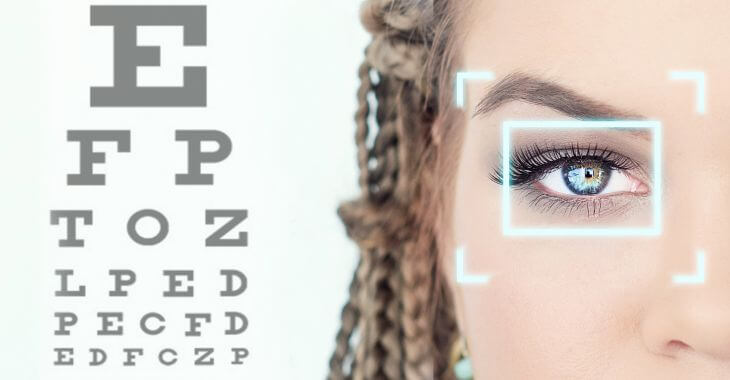5 Types of Facelifts
One of the most effective surgical options for combatting aging is the facelift. As the skin ages and loses elasticity, it begins to sag, as does the tissue underneath. Facelifts can surgically elevate the skin and tissue for a more youthful appearance, but there are many different variations on this procedure. Here are some of the most popular options in facelifts available to help take years off the appearance of your face.
- Mini Facelift. While there are many versions of the mini facelift, it usually involves incisions in front of the ears to remove excess skin and lifting it for a topical improvement.
- SMAS facelift. Going deeper than mini lift, the SMAS facelift (Superficial Muscular Aponeurotic System) lifts and elevates the muscle and connective tissue, as well as the skin.
- Deep plane facelift. Much more in depth, the deep plane facelift addresses the muscles in the midface and cheek region, adjusting them to a higher, more youthful position.
- Thread lifting facelifts. Done without incisions, thread lifting uses sutures or wire to “pin” the skin and soft tissue higher, but it not used by all facial plastic surgeons.
- MACS facelift. Minimal access cranial suspension or MACS facelifts use small sutures to elevate the skin from above in the hair line.
These are basic descriptions of complex procedures, and each can be tailored to the patient to address their specific needs. Often a combination of techniques can be used to get the desired results. The best option is to choose a highly experienced plastic surgeon that offers many different options and can personalize your facelift to meet your expectations.
Posted on behalf of:
Atlanta Plastic Surgery Specialists, P.C.
2001 Peachtree Road #630
Atlanta, GA 30309
(404) 355-3566
The information provided on this website, including text, graphics, images, and other materials, is intended solely for informational purposes and should not be used as a substitute for professional medical advice, diagnosis, or treatment.

)